Electric Truck News
Stormy weather. Pay great attention to the maintenance of windshield wipers!
Posted on by Electric Trucks
Midsummer is often a time of rainstorms and high temperatures. In recent days, in some areas, rainstorms can be so intense that they seem like waterfalls. In such adverse weather conditions, not only is it extremely dangerous to go out on foot, but even traveling by car can present numerous inconveniences. For those involved in transporting goods between cities, the challenges are even greater. Rain can quickly blur the car windows, leading to a significant drop in visibility and making driving extremely dangerous. At such times, the car’s wipers become crucial in minimizing the impact of rain on visibility.
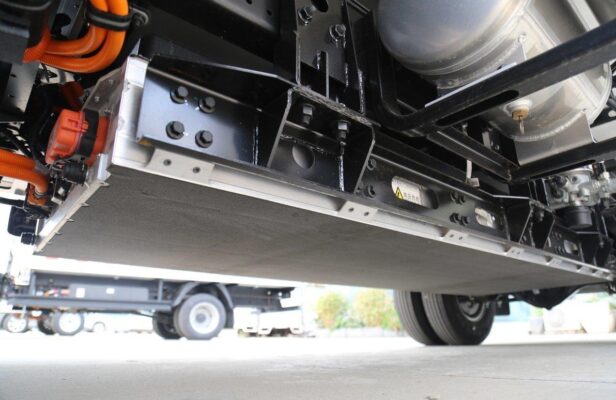
As a vital tool in critical moments, it is essential to know how to carefully maintain the wipers in daily life. Does the wiper need maintenance? The answer is a definite yes. The wiper is a part that is exposed outside the vehicle for extended periods. Due to the effects of sunlight exposure, rain corrosion, and low temperatures in winter, the rubber material on the wiper will undergo varying degrees of hardening, deformation, and cracking.
Sunlight exposure can gradually degrade the rubber. Over time, the ultraviolet rays can cause the rubber to lose its elasticity and become brittle. Rain corrosion is another significant factor. Constant exposure to rainwater can cause the rubber to deteriorate and lose its effectiveness in wiping cleanly. In winter, low temperatures can make the rubber even more prone to hardening and cracking.
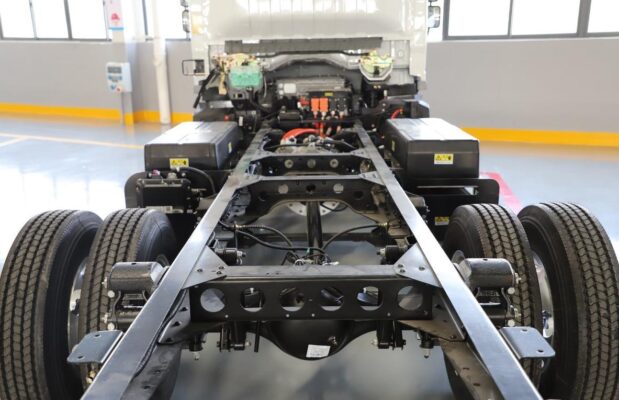
Therefore, regular maintenance of the wiper is crucial. It can effectively maintain the cleanliness of the front windshield, ensuring that the driver has a good and clear field of vision. A clean windshield is essential for safe driving as it allows the driver to see the road clearly, anticipate potential hazards, and react in time. Additionally, proper maintenance can also increase the service life of the wiper. This not only saves money in the long run but also ensures that the wiper is always ready when needed.
- Avoid dry wiping: When there is dust and insects on the windshield surface, it is essential to spray glass water first before using the wiper. Dry wiping can cause significant damage to the wiper and the windshield. The dust and insects can scratch the glass and wear down the wiper rubber. By spraying glass water, it lubricates the surface and allows the wiper to clean more effectively and without causing damage.

For example, if a driver attempts to wipe away dust on the windshield without using glass water, the wiper may scratch the glass, leaving unsightly marks and reducing visibility. Over time, these scratches can become more pronounced and may even interfere with the driver’s view.
- Use the slow gear more: The fast gear of the wiper wipes quickly with a high frequency and generates more friction. To reduce the number of frictions and prolong the life of the wiper, it is advisable to use the slow gear more often. The slow gear is sufficient for most light to moderate rain conditions and reduces the wear and tear on the wiper.

Imagine a situation where a driver constantly uses the fast gear even in light rain. The increased friction and frequency of wiping can cause the wiper rubber to wear out more quickly. By using the slow gear when appropriate, the wiper can last longer and perform better.
- Frequently check the water spraying system: Ensuring the wetness of the windshield when using the wiper is essential. A malfunctioning water spraying system can leave the wiper unable to clean effectively. Regularly checking the water spraying system ensures that there is enough glass water to lubricate the windshield and help the wiper do its job.
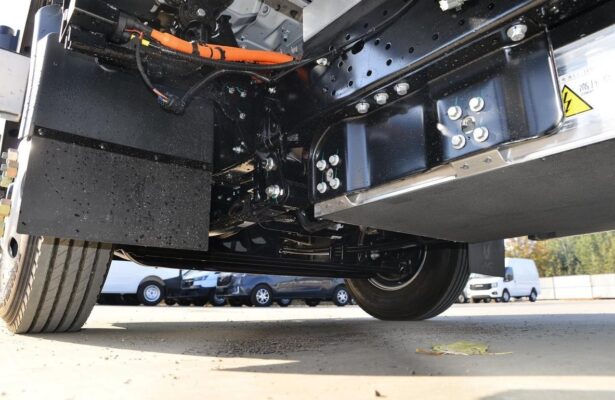
If the water spraying system fails, the wiper may struggle to remove dirt and rain from the windshield, reducing visibility and increasing the risk of accidents. By checking the system regularly, any issues can be detected and resolved promptly.
- Avoid staying in harsh environments such as high temperatures and frost for too long: Harsh environments can accelerate the aging of the wiper. In high temperatures, the rubber can become soft and more prone to damage. In frost, the rubber can harden and crack. Appropriately prop up the wiper when not in use to slow down the aging speed.
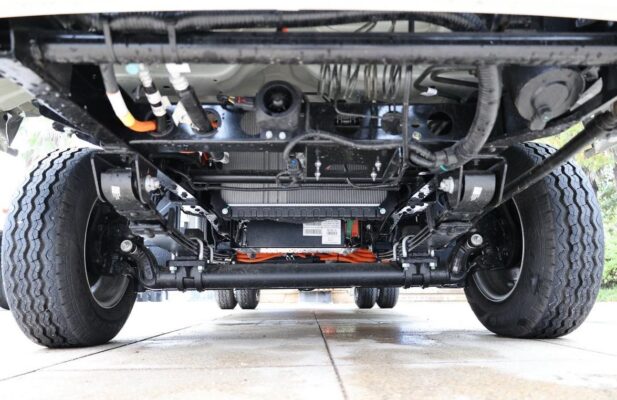
For instance, if a car is parked in direct sunlight for an extended period in summer, the heat can cause the wiper rubber to deteriorate more quickly. By propping up the wiper, it is protected from the intense heat and can last longer. Similarly, in winter, leaving the wiper exposed to frost can cause it to become brittle and less effective.
- Never directly use the wiper to remove fallen leaves, dust, bird droppings, etc.: Removing these items directly with the wiper can cause aging of the wiper rubber strip and scratching the glass. These substances can be hard and abrasive, and using the wiper to remove them can damage both the wiper and the windshield. Instead, use a soft cloth or a proper cleaning tool to remove these contaminants before using the wiper.

Suppose a driver tries to use the wiper to remove a large fallen leaf stuck on the windshield. The leaf may scratch the glass and damage the wiper rubber. By taking the time to remove the leaf manually first, the driver can protect the windshield and the wiper.
- Use special cleaners and do not use household cleaning products such as dishwashing liquid: Household cleaning products can contain chemicals that may accelerate the aging of the wiper rubber. Special cleaners are designed specifically for cleaning windshields and wipers and are less likely to cause damage.
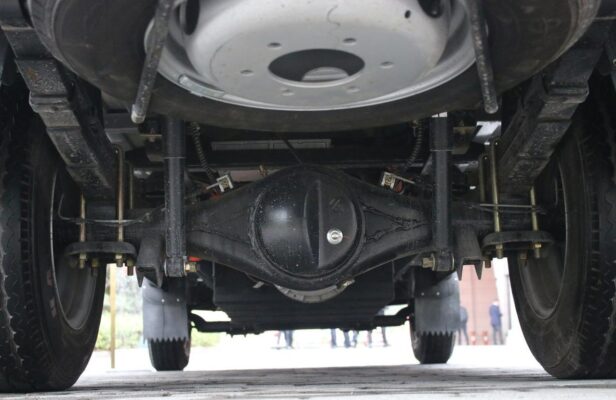
Using dishwashing liquid to clean the windshield may seem like a convenient option, but it can have negative consequences. The chemicals in dishwashing liquid can break down the rubber material of the wiper, reducing its effectiveness and lifespan.
The replacement of wiper blades depends on the actual usage state. Generally, it is recommended to replace them once a year. If encountering harsh weather such as high temperatures or frost, the wiper blade rubber strip is prone to accelerated aging and can be replaced appropriately in advance. Harsh weather conditions can take a toll on the wiper rubber, making it less effective in wiping cleanly. By replacing the wipers when needed, the driver can ensure optimal visibility and safety.
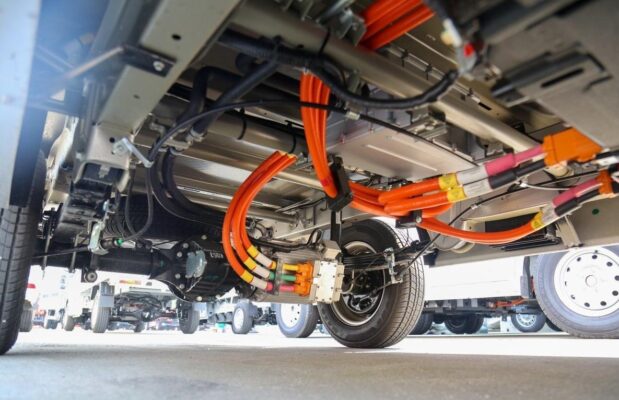
Inspection methods:
- Test the wiper in various gears to see if the movement is smooth: Uneven movement or jerking can indicate a problem with the wiper mechanism. Checking the wiper in different gears allows the driver to detect any issues with the speed and smoothness of operation.
For example, if the wiper stutters or moves erratically in a certain gear, it may be a sign of a mechanical problem or a worn-out wiper motor. This needs to be addressed promptly to ensure proper functioning.
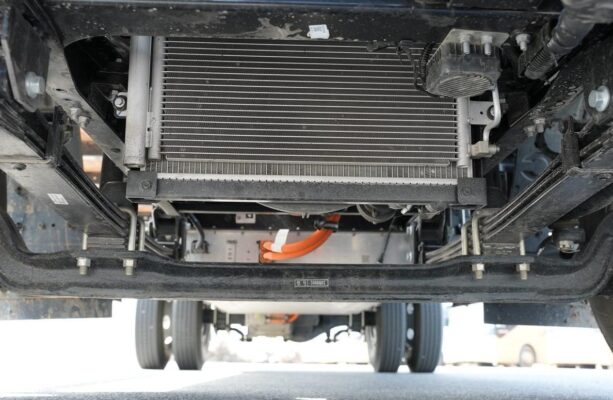
- Check the wiping state to see if the swinging rate of the wiper arm is uneven: Uneven swinging can leave streaks on the windshield and reduce visibility. A consistent swinging rate is essential for effective wiping.
If the wiper arm swings unevenly, it may be due to a bent or damaged wiper arm, a loose connection, or a problem with the wiper linkage. Fixing these issues can improve the wiping performance.
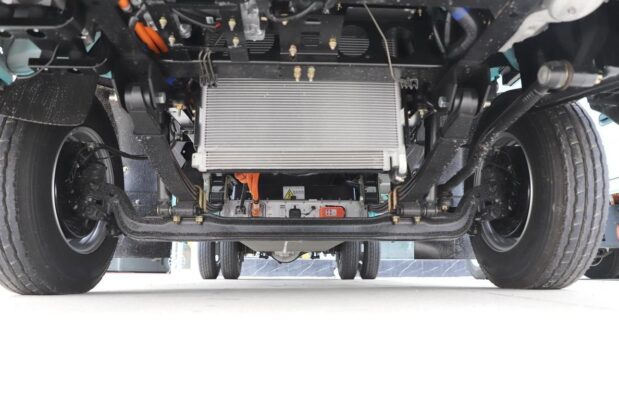
- Check if there is vibration and abnormal noise when the wiper is working: Vibration and abnormal noise can be signs of a problem with the wiper or the windshield. It could be due to a damaged wiper blade, a loose wiper arm, or a problem with the windshield surface.
For instance, if there is a loud grinding noise when the wiper is in use, it may indicate that the wiper blade is worn out or that there is debris on the windshield. Investigating and addressing these issues can prevent further damage and ensure quiet and effective operation.
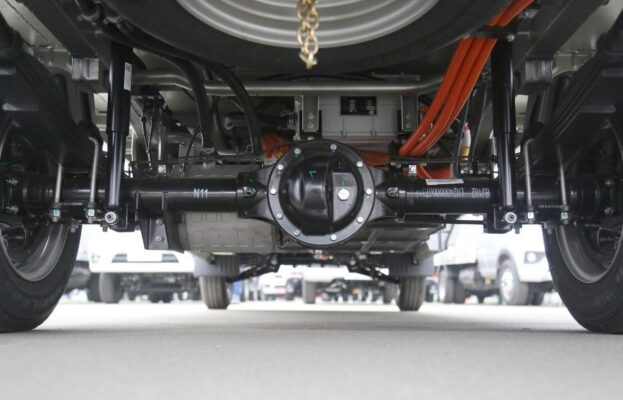
- Check if the wiper rubber strip is aging: Signs of aging include hardening, cracking, or discoloration of the rubber strip. An aging rubber strip may not wipe cleanly and can leave streaks on the windshield.
Regularly inspecting the wiper rubber strip for signs of aging can help the driver determine when it is time to replace the wipers. Early detection of aging can prevent reduced visibility and potential safety hazards.
In conclusion, proper maintenance and regular inspection of windshield wipers are essential for safe driving in stormy weather and all conditions. By following the correct maintenance methods, adhering to the suggested replacement cycle, and performing regular inspections, drivers can ensure that their wipers are always in good condition and ready to provide clear visibility when needed. This not only enhances safety but also prolongs the life of the wipers and saves money in the long run.
